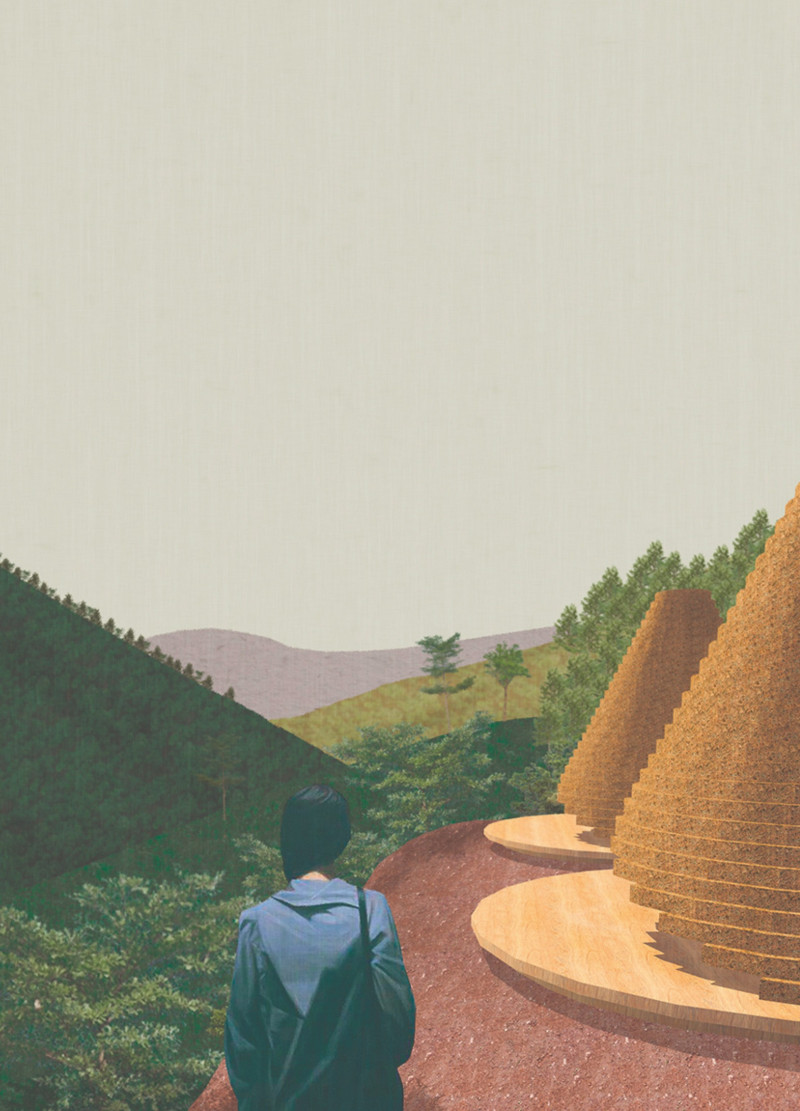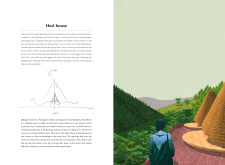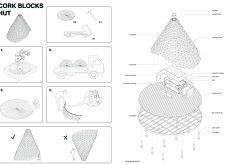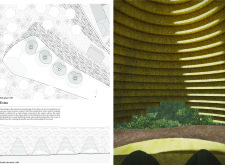5 key facts about this project
At its core, the project serves a multifaceted purpose. It is designed to accommodate various activities, adapting seamlessly to the changing needs of its occupants. This adaptability is a key aspect of the design, as it provides spaces that can be utilized for different functions throughout the day. The layout is organized yet fluid, allowing for both private and communal areas that foster connection while respecting individual privacy.
One of the notable features of this architectural design is its integration with natural elements. Large windows and strategically placed openings offer abundant natural light, enhancing the overall ambiance of interior spaces and promoting energy efficiency. This relationship with the outside environment is further emphasized by landscaped areas and green roofs, which not only contribute to the aesthetic quality but also serve practical functions such as stormwater management and thermal regulation.
The selection of materials is another critical aspect of the project, showcasing a commitment to sustainability and durability. The architects have employed a palette that includes eco-friendly options, such as recycled materials and locally sourced timber, to reduce the environmental impact while achieving a cohesive design language. The use of these materials reflects a modern sensibility, where form and function work in concert to create a harmonious environment.
A unique design approach within this project is the incorporation of modular elements, allowing for flexibility in the use of space. These modular components can be easily reconfigured to accommodate different activities or adapt to future needs, emphasizing a forward-thinking mentality in architectural design. This capacity for change fosters a sense of community, as spaces can be transformed to host events, gatherings, or quiet reflection as desired.
Another intriguing aspect of the architecture is the attention to detail in both the exterior and interior finishes. Thoughtfully crafted surfaces and textures add dimension and character, enriching the visual experience. The architects have focused on creating an inviting atmosphere through careful design choices, ensuring that each area enhances the overall narrative of the building.
Moreover, the project engages with the surrounding urban context in a meaningful way. By considering local cultural elements and historical references, the design resonates with its environment, creating a sense of belonging and continuity. This sensitivity to context not only strengthens the project’s identity but also contributes to the overall fabric of the community.
As you explore the architectural plans, sections, designs, and ideas associated with this project, you will gain deeper insights into its thoughtful conception and execution. Each element has been meticulously considered to serve the dual purposes of functionality and beauty, resulting in a design that is both practical and reflective of its surroundings. Engaging with the project presentation will further enhance your understanding of how these architectural principles have been applied to create a space that is welcoming, adaptable, and rooted in its context.


























